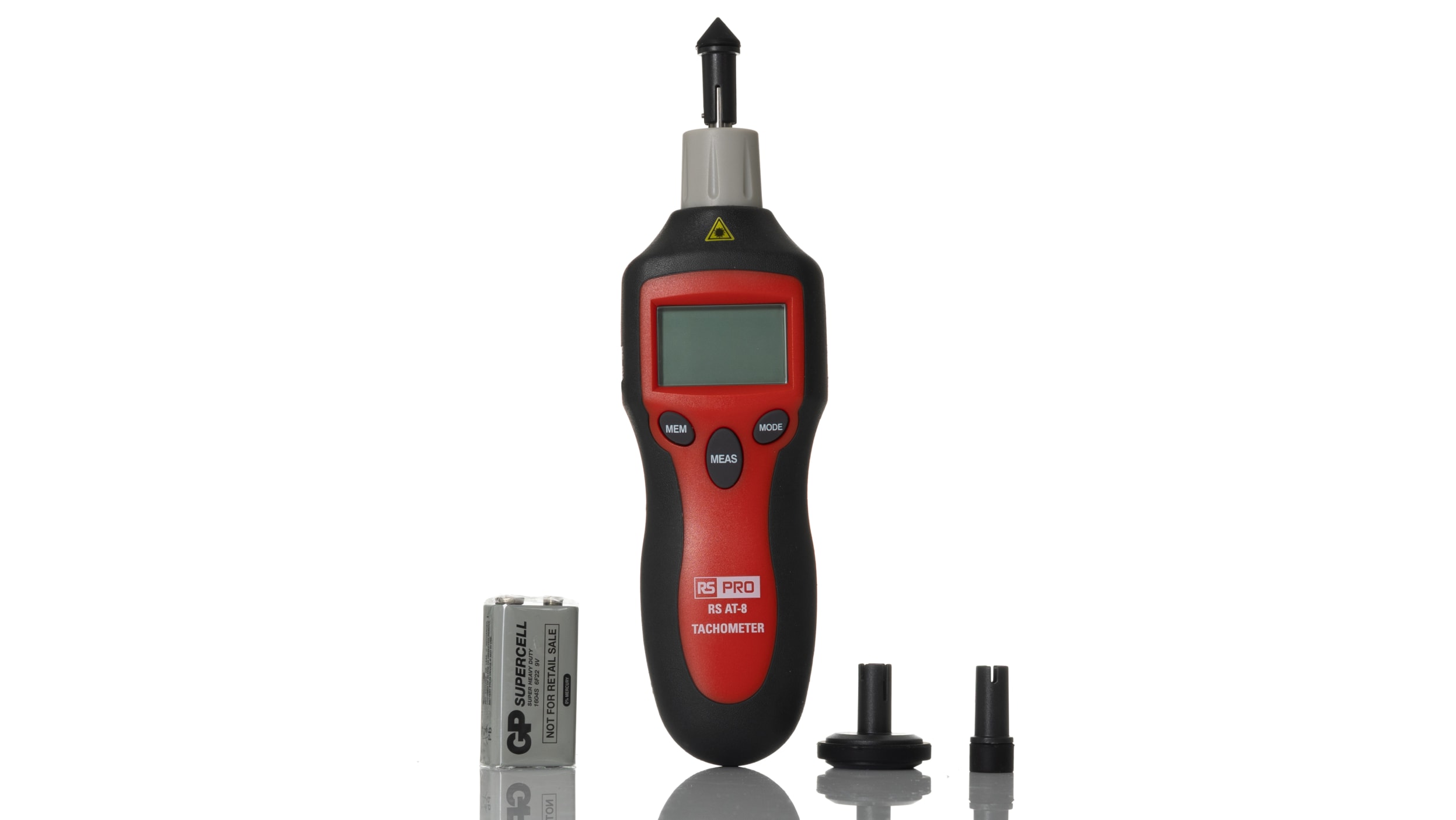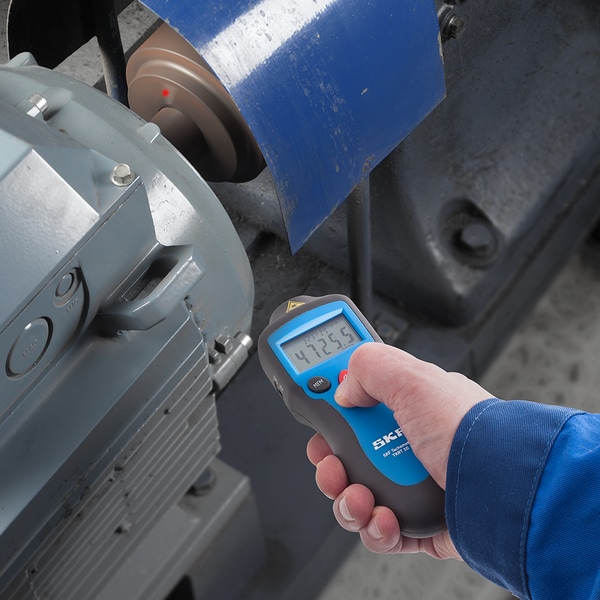Expert Tips for Maintaining and Calibrating Your Tachometer
Wiki Article
Key Reasons That Having a Tachometer Is Crucial for Keeping Engine Wellness and Performance
In the realm of automotive maintenance, the relevance of a tachometer can not be overstated - tachometer. This simple yet vital instrument plays an essential duty in the upkeep of an engine's health and wellness and efficiency. By providing real-time information on engine speed and RPM levels, a tachometer offers vital understandings that straight affect the efficiency and durability of the engine. From protecting against over-revving to enhancing gas consumption, the applications of a tachometer are multifaceted and essential for any automobile owner or enthusiast. So, why is this relatively simple tool so indispensable? Allow's explore the crucial factors behind its crucial function in keeping engine health and wellness and efficiency.Avoiding Engine Over-Revving

To secure the engine from prospective damage, it is important to execute measures that protect against over-revving, a method that can result in costly fixings and minimized engine lifespan. Over-revving takes place when the engine's rotational rate surpasses the optimum limitation established by the maker, causing excessive anxiety on internal parts such as pistons, valves, and attaching rods. This excessive stress can result in mechanical failings, including curved valves, harmed pistons, and even tragic engine failure.
A rev limiter is a device that manages the optimum RPM (changes per minute) of the engine by either cutting off fuel circulation or trigger to the engine when the pre-set limit is reached. Routine maintenance checks to make sure the engine is in optimum condition can also help in stopping over-revving cases and prolonging the engine's lifespan.
Enhancing Fuel Usage
Effective fuel usage plays a crucial role in maximizing the performance and sustainability of an engine. tachometer. Maximizing gas usage not only assists in decreasing operational prices however likewise reduces the environmental influence of lorry exhausts. By making use of a tachometer to check engine rate and readjust driving behaviors as necessary, motorists can accomplish much better fuel efficiencyMaintaining a steady rate and staying clear of unexpected accelerations and decelerations can significantly boost gas economic climate. Additionally, proper equipment choice based on the tachometer readings guarantees that the engine runs within its ideal range, bring about a lot more effective fuel burning.
Consistently checking the tachometer can likewise help recognize any type of inefficiencies or mechanical concerns that may be affecting gas consumption. For example, an unexpected increase in gas usage without an equivalent modification in driving habits can suggest a trouble that needs attention.
Tracking Engine Wellness
Monitoring engine health and wellness is click now necessary for ensuring optimal performance and durability of the automobile. By making use of a tachometer to monitor engine speed, chauffeurs can discover abnormalities that might show possible concerns with the engine. A tachometer gives real-time data on engine revolutions per minute (RPM), allowing chauffeurs to identify any unusual spikes or drops in RPM that could signal problems such as misfires, worn-out components, or engine getting too hot.
Consistently monitoring engine wellness via making use of a tachometer makes it possible for vehicle drivers to resolve concerns immediately prior to they intensify and cause significant damages. Finding a decline in RPM might indicate gas shipment problems or a clogged up air filter, while an unexpected increase in RPM may aim to problems with the transmission or exhaust system. By staying vigilant and receptive to modifications in engine performance, vehicle drivers can stop pricey fixings and make certain the general health and wellness and effectiveness of their vehicle.
Increasing Engine Life Expectancy
Ensuring the durability of an engine calls for thorough upkeep methods and conscientious tracking of vital performance indications. Extending an engine's life expectancy is crucial for minimizing browse this site overall automobile upkeep costs and preventing unanticipated break downs. A tachometer plays a substantial role in this element by giving real-time data on engine speed, enabling drivers and mechanics to make enlightened decisions to avoid too much wear and tear.
In addition, normal upkeep based upon tachometer analyses, such as prompt oil modifications and ignition system substitutes, can substantially add to prolonging the engine's durability. In general, incorporating a tachometer into regular engine surveillance techniques is necessary for maintaining the engine's wellness and effectiveness over the long term.
Saving Cash on Services
A tachometer helps in checking the engine's RPM (transformations per min), enabling vehicle drivers to operate within the advised range. By staying within these optimal RPM levels, too much strain on the engine can be stayed clear of, decreasing the chance of costly repair services due to overworking the engine.Additionally, by utilizing the data from a tachometer to practice smooth velocity and slowdown, chauffeurs can extend the life-span of their vehicle's elements, inevitably conserving money on maintenance and substitutes. Overall, the insights supplied by a tachometer equip motorists to make enlightened decisions that can avoid unnecessary damage on the engine, bring about considerable price savings in the future.
Conclusion
Finally, company website a tachometer plays a vital role in preserving engine health and wellness and effectiveness by protecting against over-revving, optimizing gas intake, monitoring engine health, prolonging engine life expectancy, and saving money on repair work. It is a necessary device for making sure that the engine runs within risk-free limitations and does at its finest, eventually contributing to the durability and overall performance of the vehicle.Report this wiki page